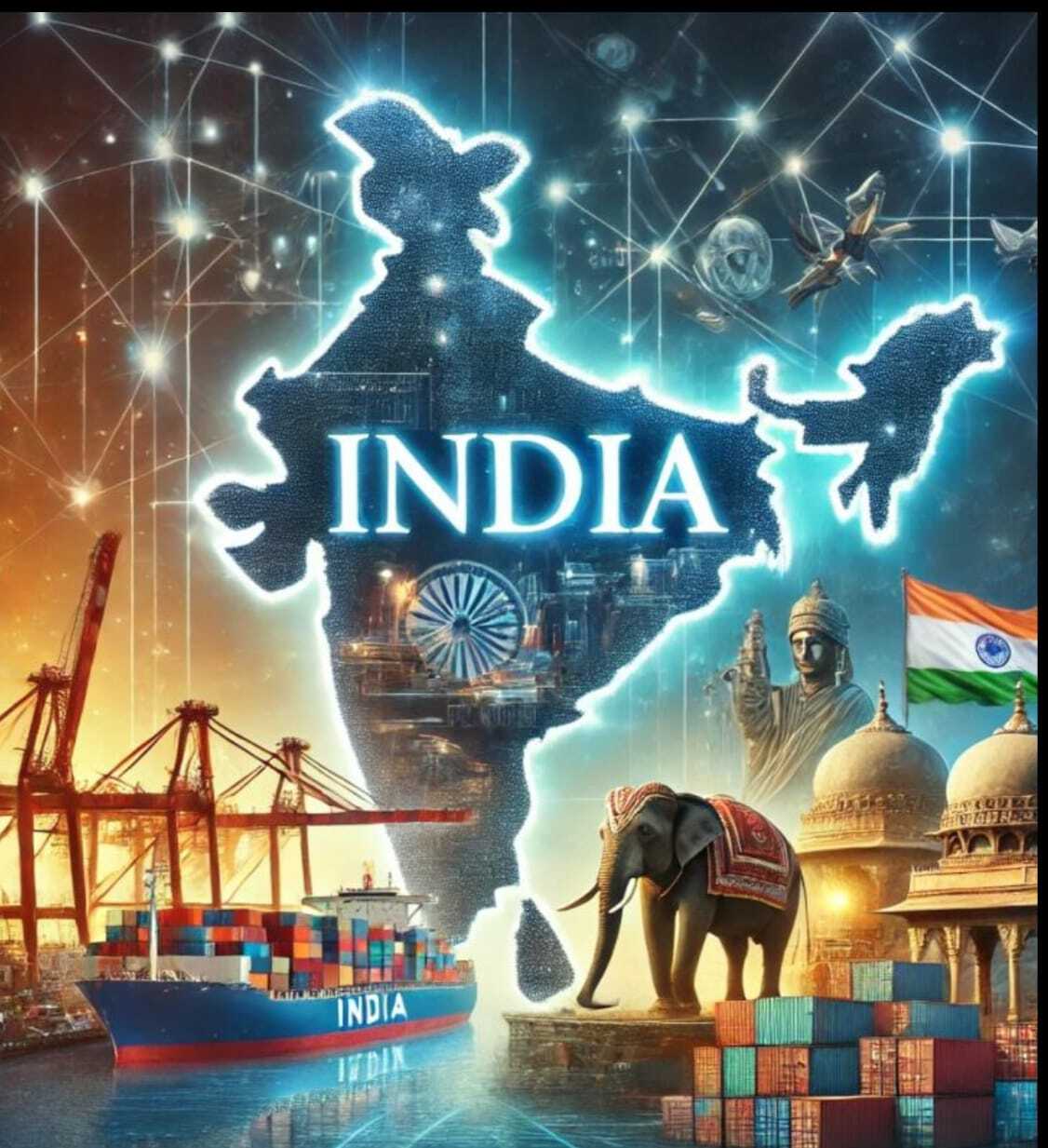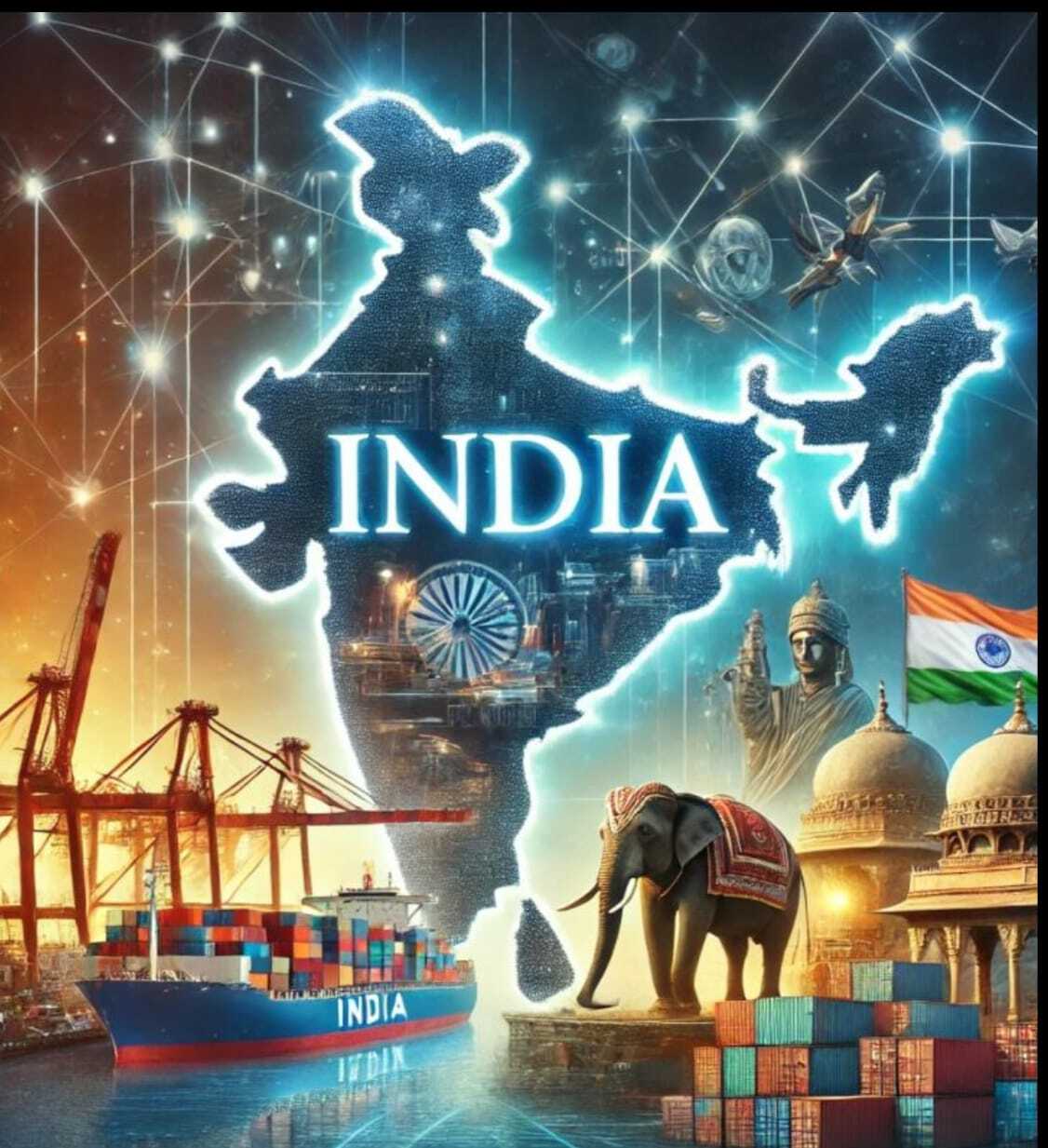
In the fast-moving world of international trade, India has transitioned from a regional powerhouse to a global supplier in key commodities, from sugar and jaggery to soybeans, rice, and industrial minerals. Yet, despite its vast production capacity, India remains a paradox—a market full of opportunity but also unpredictability.
What Makes India an Attractive Sourcing Hub?
Competitive Pricing – India’s cost structures often make its products highly competitive compared to Brazil or the U.S.
Massive Production Capacity – With its vast agricultural sector and growing industrial base, India has the ability to supply at scale.
Strategic Positioning – Proximity to major Asian and Middle Eastern markets makes logistics more efficient.
But What Are the Challenges?
Export Restrictions – The Indian government has a history of sudden bans, quotas, and regulatory shifts (such as recent sugar and rice export bans).
Supplier Reliability – Many traders experience last-minute price shifts, quality inconsistencies, or supply chain bottlenecks when dealing with Indian suppliers.
Financial Terms – Many suppliers require advance payments or complex LC structures, making deal execution more challenging.
How to Navigate India’s Trade Landscape
For serious buyers and importers, success in dealing with Indian suppliers requires a sharp eye for compliance, verified partners, and financial structuring that mitigates risks. The opportunity is vast, but only for those who understand how to navigate its complexities with precision.
Is India the next big supply chain partner for global buyers? Or will bureaucracy and volatility limit its trade potential?
At SLJ Trading Company LLC, we help clients identify real opportunities while sidestepping unnecessary risks.
Would love to hear thoughts from fellow traders—what has been your experience sourcing from India?



